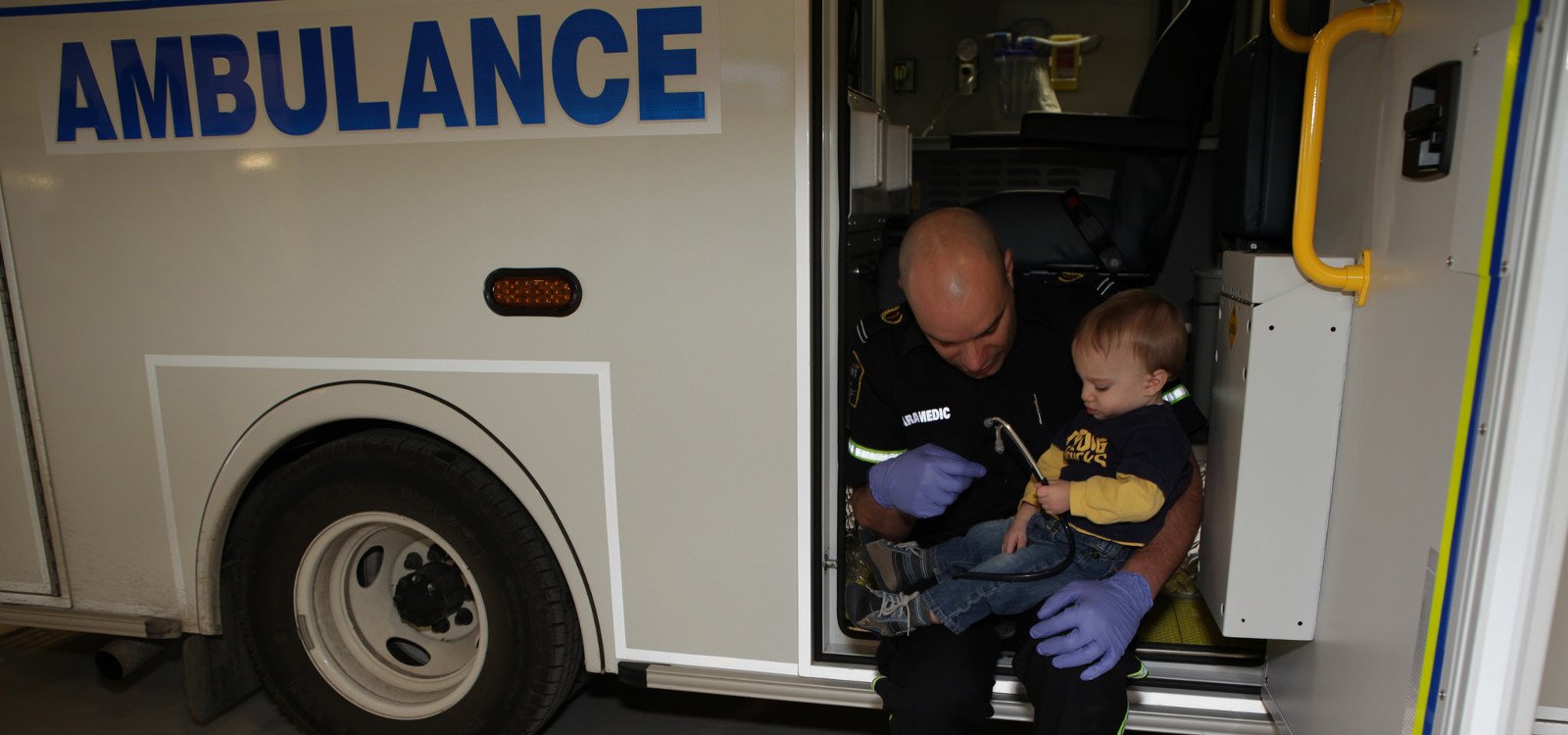SUDBURY, ON — Even though it’s being characterized as a Greater Sudbury fire and paramedic services “optimization” plan, “meaningful dialogue about enhancing paramedic emergency medical care doesn’t seem to be on the radar. And it most certainly should be since ambulance call volumes have increased significantly and fire calls declined. In a medical emergency only paramedics can transport patients to hospital,” says Darryl Taylor a Sudbury paramedic and president of Sudbury’s largest municipal union – Canadian Union of Public Employees (CUPE) 4705.
While Taylor wouldn’t accuse the city of shutting paramedics out of the process, he says that “aside from a few slide presentations ahead of the recent community meetings, paramedics haven’t really been consulted in a way that we believe would promote increased public safety and better patient outcomes. For us the proposed plan falls short in a number of areas.”
The “optimization” plan being presented to Greater Sudbury residents appears focused on closing fire stations, some of which are shared by both paramedic and fire teams, while hiring upwards of 50 “career” firefighters and slashing the city’s crew of volunteer firefighters.
The City of Greater Sudbury council plans to vote on the “optimization” plan proposal at its April 26 meeting. But Taylor says, the lack of a plan to meet growing emergency medical services needs means the plan falls short.
Currently municipalities pay for fire services fully through the municipal property tax base. The province pays 50 per cent of the cost of paramedic services. The Ministry of Health and Long-Term Care reports that fire vehicle costs per hour of operation are 54 per cent higher across the province than the costs of ambulance service. For one full year of service for a fire vehicle, that is equal to over $1,000,000 more than a full year of an ambulance.
Over the last ten years, emergency medical services (EMS) calls have increased significantly. During the same period, fire calls have declined. For 2015, the last full year of available data, fire responded to 4,327 calls with an operating budget of $24.3 million, while paramedic services responded to 32,717 calls for a total cost of $20.1 million. Due to provincial 50 per cent funding, the total cost to the municipality for paramedic services is only $10.1 million.
“That’s seven and half times more calls than fire, for less than half the cost to the city,” says Taylor. “If there is money to replace volunteer firefighters which cost a fraction of what 50 career firefighters would, then we think a more constructive discussion would be, how do we use this funding to enhance ambulance-based emergency medical response. This is something that would benefit patients greatly in our opinion. Unfortunately, this isn’t part of what this ‘optimization’ plan seems to be about.”
-30-
For more information please contact:
Darryl Taylor President CUPE 4705 705-929-6435
Stella Yeadon CUPE Communications 416-559-9300

